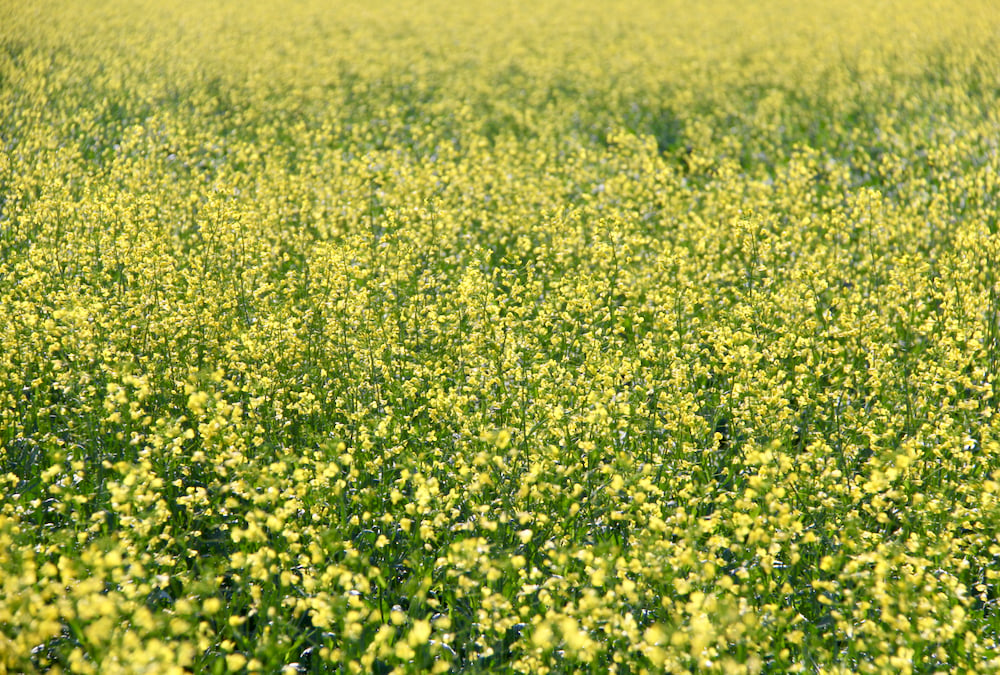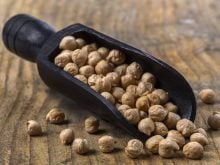Glacier FarmMedia | MarketsFarm — Manitoba cereals, oilseeds and pulses continue to develop nicely, the province’s latest crop report said.
However, recent precipitation was variable with Manitoba Agriculture reporting up to 41 millimeters in the Ruthenia area of the northwest region to several locations receiving very little or nothing.
Among the cereals as of July 22, the province’s spring wheat continued with high ratings, led by the east and Interlake at 90 per cent good to excellent. Spring wheat in the southwest and northwest rated 85 per cent good to excellent and that in the central region was 70 per cent.
Read Also

U.S. grains: Corn and wheat futures firm on brisk exports, softer dollar
U.S. corn and wheat futures firmed on Thursday, supported by brisk export sales and a softer dollar, which tends to make U.S. grains more competitive globally, analysts said. Soybean futures clung to modest gains.
The crop report said the earliest seeded spring wheat was reaching the grain fill stage, while the winter wheat and fall rye were in that stage.
Manitoba’s corn was in V8 to tasseling, while the barley and oats were in head emergence to grain fill stage.
Of the oilseeds, the province’s canola ranged from fully podded in the earliest planted crops to early bolting for that seeded late. Flax was in the late stage flowering, with some of the crop with bolls. The sunflowers and soybeans were R1 to R3 while, late-planted soybeans were V5.
For the pulses, the field peas were flowering in most areas, with pods in the earliest seeded fields.
Manitoba Ag said pastures responded nicely to the rainfall, despite being scattered and inconsistent. Cattle on the pastures were reported to be in good condition.
Yields for feed ranges from average to below average, but there was some above average hay in some pockets of the northwest.
While beef producers very likely won’t have a second cut of hay, diary producers have found yields in their second cut have been low.















